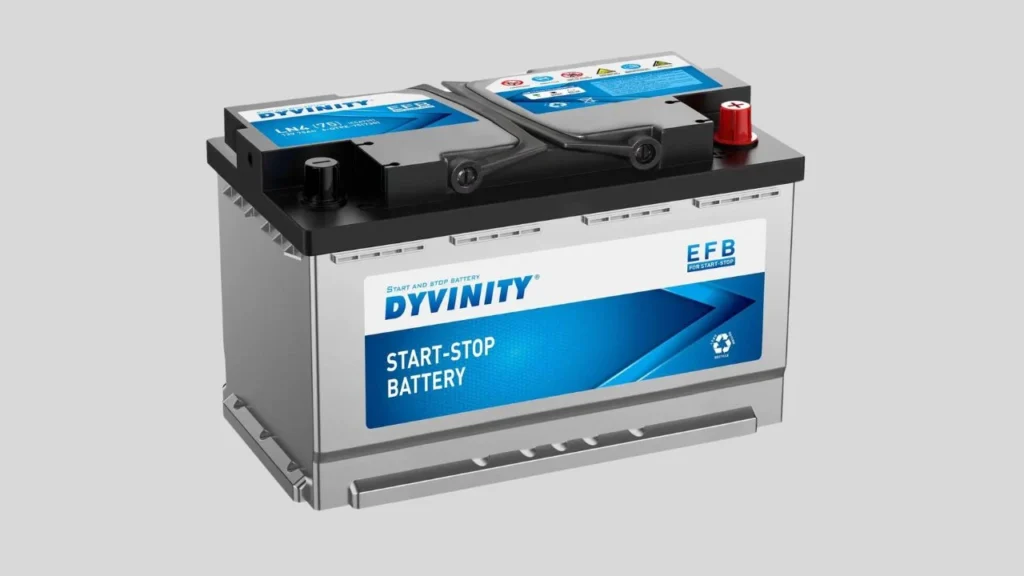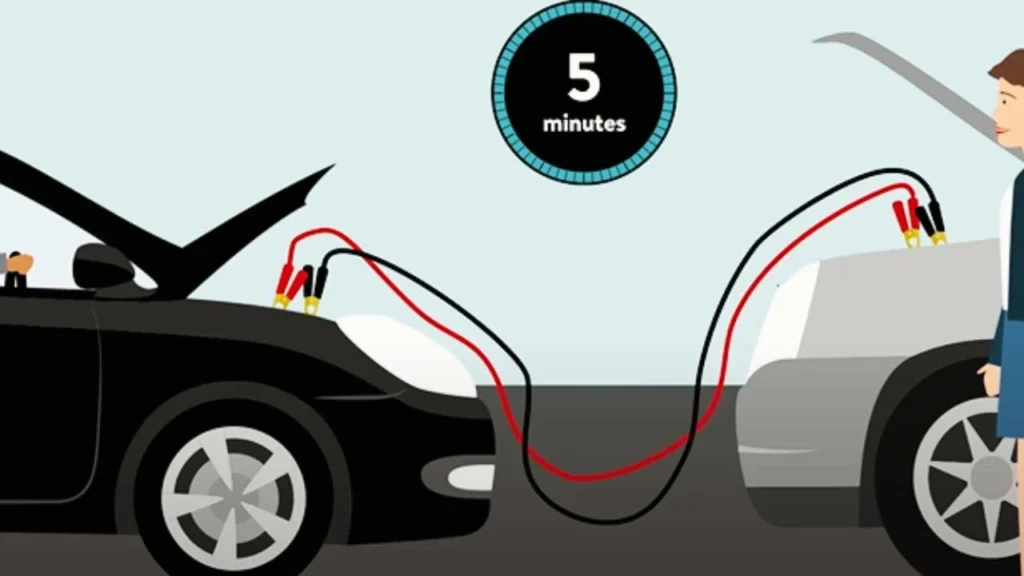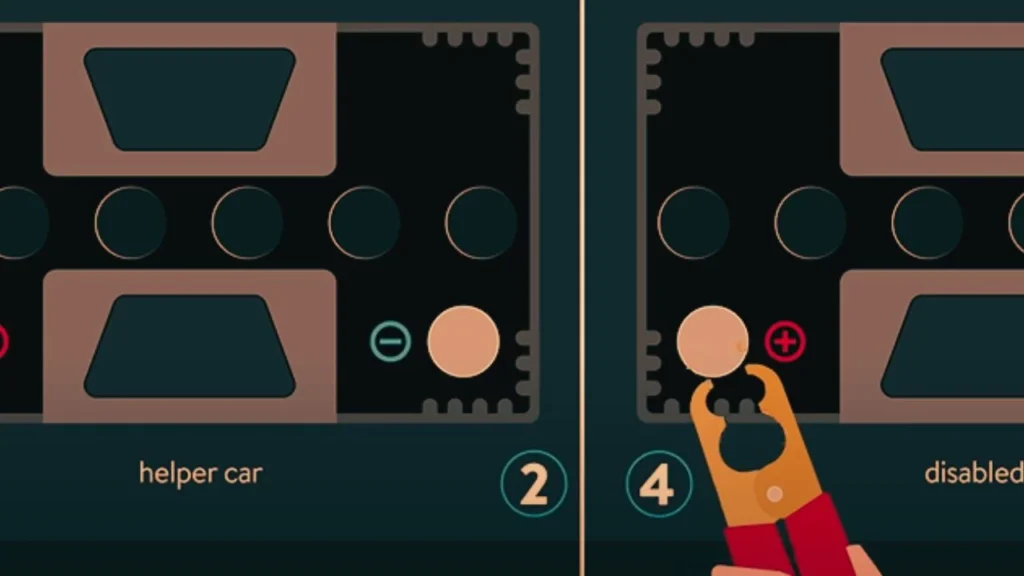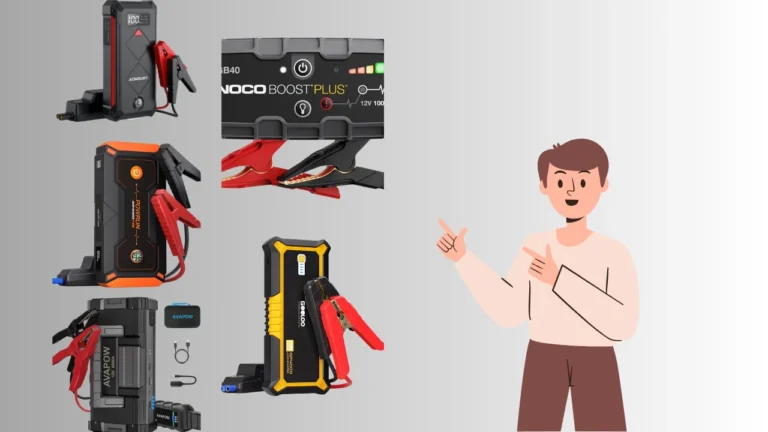Jump-starting a car with a bad battery is a scenario that many drivers may encounter. While it might seem straightforward, understanding the details can save you time, money, and the frustration of being stranded. So, can you jump start a car with a bad battery?
In this blog, we will delve into what a bad battery means, how jump-starting works, the step-by-step process for jump-starting, and alternative solutions if jump-starting isn’t feasible. Learn how to safely jump-start a box truck with this guide on jump-starting a box truck, covering essential tools and step-by-step instructions.
What Is a Car Battery?
A car battery is a vital component of a vehicle’s electrical system. It stores energy that powers the starter motor and ignites the engine. Most cars use a lead-acid battery, which generates electricity through a chemical reaction. Understanding your battery’s function can help you appreciate the importance of its health.

Signs of a Bad Battery
Recognizing the signs of a failing battery can help you avoid getting stuck. Here are some common indicators:
- Slow Engine Crank: If the engine cranks slowly or struggles to start, it may be a sign of a weak battery.
- Check Engine Light: This warning light can indicate various issues, including battery problems.
- Corrosion: Look for a white, ashy substance on the battery terminals, which can impede electrical flow.
- Age: Car batteries typically last between 3 to 5 years. If yours is nearing this age, consider having it tested.
Can You Jump Start a Bad Battery?
Can you jump start a car with a bad battery? Yes, you can jump-start a bad battery if it still holds some charge. However, if the battery is severely damaged or has dead cells, jump-starting may not work. Always prioritize safety and consult a professional if you notice signs of significant battery failure or damage.

Jump-starting is a method of connecting a charged battery (from another vehicle or a portable jump starter) to a dead battery using jumper cables. The goal is to transfer enough power to the dead battery to start the engine. Discover the steps for jump-starting a Mini Cooper efficiently and avoid damaging your car’s sensitive electronics.
Quick Fix Table: Can You Jump Start a Car with a Bad Battery?
When Jump Starting Works
Jump-starting a car with a bad battery can be successful in specific scenarios:

- Slightly Weak Battery: If the battery holds a minimal charge, jump-starting can provide enough power to get the engine running.
- Bad Connections: Sometimes, the issue might not be the battery itself but poor connections. Cleaning corroded terminals can resolve the problem.
When Jump Starting Doesn’t Work
Jump-starting might not succeed in these situations:
- Severely Damaged Battery: If the battery is leaking or physically damaged, jump-starting is not advisable.
- Dead Cells: Batteries contain multiple cells, and if one or more are dead, the battery may not hold a charge even with assistance.
How to Jump Start a Car
If you find yourself with a car that won’t start, and you suspect the battery is the issue, follow these detailed steps to safely jump-start the vehicle.

Equipment Needed
- Jumper Cables: Ensure they are in good condition, with no frayed wires or corrosion.
- A Working Vehicle or Portable Jump Starter: Make sure the donor vehicle’s battery is in good shape.
Step-by-Step Process
Step 1: Position the Vehicles
Position the vehicle with the good battery close enough to the dead car so the jumper cables can reach both batteries. Turn off both vehicles and engage the parking brakes.

Step 2: Identify Battery Terminals
Open the hoods of both vehicles and locate the positive (+) and negative (−) terminals on each battery. The positive terminal is usually marked with a red cover or a plus sign, while the negative terminal is marked with a black cover or a minus sign.

Step 3: Connect the Jumper Cables
- Attach one red clamp to the positive terminal of the dead battery. Ensure it makes a solid connection.
- Attach the other red clamp to the positive terminal of the working battery.
- Attach one black clamp to the negative terminal of the good battery.
- Instead of connecting the second black clamp to the negative terminal of the dead battery, attach it to an unpainted metal surface on the dead car, such as a bolt or engine block. This reduces the risk of sparks near the battery.

Step 4: Start the Working Vehicle
Turn on the engine of the working vehicle and let it idle for a few minutes. This allows the good battery to charge the dead battery.

After a few minutes, try starting the vehicle with the dead battery. If it doesn’t start after a few attempts, wait a few more minutes and try again. Understand the process and precautions when jump-starting a 24V system with a 12V battery to prevent system overloads.
Step 5: Disconnect the Cables
Once the dead car starts, it’s time to disconnect the cables carefully:

- Remove the Black Clamp from Ground: Start by disconnecting the black clamp from the unpainted metal surface of the dead car.
- Remove the Black Clamp from the Live Battery: Next, detach the black clamp from the negative terminal of the good battery.
- Remove the Red Clamp from the Live Battery: Remove the red clamp from the positive terminal of the good battery.
- Remove the Red Clamp from the Dead Battery: Finally, disconnect the red clamp from the positive terminal of the dead battery.
Safety Precautions
- Wear Protective Gear: Use gloves and safety glasses to protect against potential battery acid exposure.
- Be Cautious of Sparks: Avoid creating sparks near the battery, as batteries can emit hydrogen gas, which is flammable.
- Inspect the Battery: If the battery is leaking or swollen, do not attempt to jump-start it. Replace it instead.
Alternatives to Jump Starting
If jump-starting doesn’t work, or if your battery shows signs of severe damage, consider these alternatives:
Battery Replacement
If your battery is old or has visible damage, replacing it is often the best course of action. You can take your vehicle to a trusted mechanic or auto parts store for proper testing and replacement.
Charging the Battery
If the battery is only slightly weak, using a battery charger might restore it. Here’s how to use a battery charger:
- Turn Off the Vehicle: Ensure the vehicle is off before connecting the charger.
- Connect the Charger: Attach the red clamp to the positive terminal of the battery and the black clamp to the negative terminal.
- Set the Charger: Follow the manufacturer’s instructions to set the charging rate and duration.
- Monitor the Charging: Keep an eye on the charging process. Once complete, try starting the vehicle.
Preventive Measures
If you’re uncertain about the battery’s condition or feel uncomfortable jump-starting your vehicle, consult a professional. A mechanic can provide a thorough diagnosis and recommend the best course of action. Regular maintenance can extend your battery’s life and reduce the likelihood of failure:
- Inspect Battery Terminals: Check your battery terminals for corrosion and clean them regularly. A simple solution of baking soda and water can help remove corrosion.
- Test the Battery: Have your battery tested at least once a year, especially before long trips or during extreme weather conditions.
- Keep It Charged: If you don’t use your vehicle frequently, consider using a trickle charger to maintain battery health.
- Invest in a Quality Battery: If you frequently encounter battery issues, consider investing in a higher-quality battery. Look for one with a longer warranty or features like maintenance-free or AGM (Absorbent Glass Mat) batteries, which can provide better performance and longevity.
- Know Your Battery’s Lifespan: Familiarize yourself with your battery’s expected lifespan. If it’s nearing the end of its life, proactively replace it to avoid being stranded.
Signs You Should Call for Assistance
While jump-starting can be a handy skill, there are situations where it’s best to leave the work to professionals. Understanding when to seek help can save you from potential accidents or further vehicle damage.
- Frequent Battery Issues: If you find yourself needing to jump-start your car frequently, this may indicate an underlying problem beyond just a weak battery. Possible causes could include an issue with the alternator, which charges the battery, or a parasitic draw that drains the battery when the vehicle is off. A mechanic can diagnose these problems accurately.
- Unusual Sounds or Smells: If you notice strange sounds coming from the engine or a rotten egg smell (sulfur) while trying to jump-start the car, it’s best to stop immediately and consult a professional. These can be signs of battery damage or other serious mechanical issues.
- Battery Leakage or Swelling: If your battery shows signs of leaking acid or has a swollen appearance, do not attempt to jump-start it. These conditions indicate severe internal damage and pose risks, including potential explosion. A professional can safely handle battery disposal and replacement.
- Inability to Start After Multiple Attempts: If the vehicle does not start after several attempts to jump-start it, further troubleshooting is necessary. This might include checking the ignition system, starter motor, or other electrical components.
Understanding the signs that indicate the need for professional help can save you time and ensure your vehicle remains in good working order. While jump-starting can be effective in certain situations, knowing your limits and when to seek expert assistance is key to maintaining your vehicle’s reliability and your safety on the road.
Always err on the side of caution and consult a mechanic if you are uncertain about the health of your battery or any associated components. Explore the best portable marine battery jump starters for reliable performance when you’re out on the water.
Conclusion
Jump-starting a car with a bad battery can be a viable solution in specific scenarios, but understanding the limitations is crucial. Always prioritize safety and, when in doubt, seek professional assistance.
By keeping an eye on your battery’s condition and performing regular maintenance, you can avoid the headaches associated with battery failures. Being informed and prepared can make all the difference, ensuring you stay safe and mobile on the road. Hope so now you know the answer: Can you jump start a car with a bad battery? Find out which portable car jump starter with air compressor is perfect for emergency roadside assistance.
Ali is a tech enthusiast and automotive aficionado, passionate about sharing insights on the latest innovations and industry trends.





